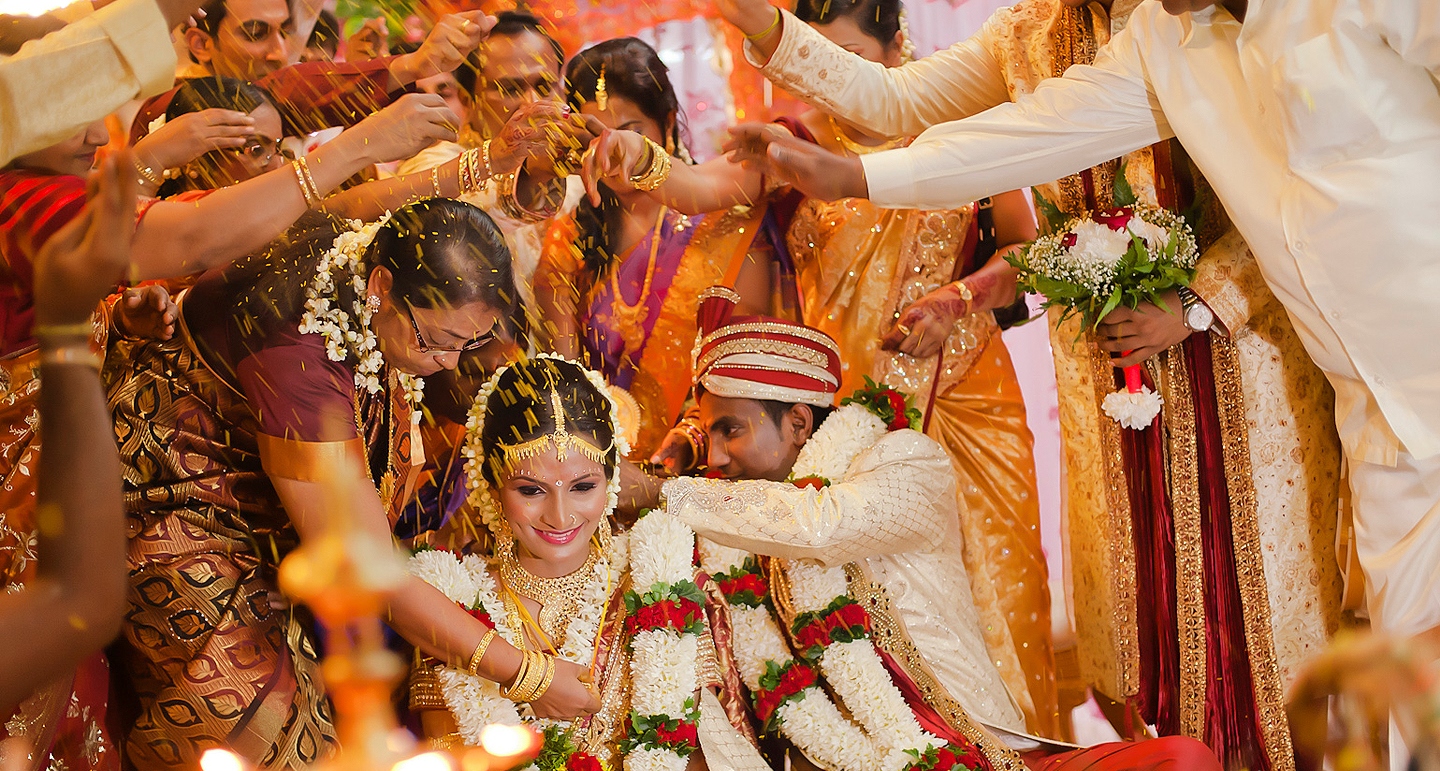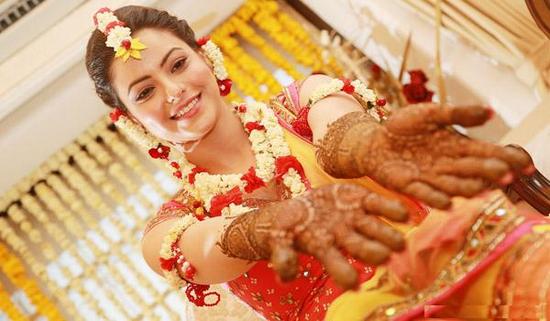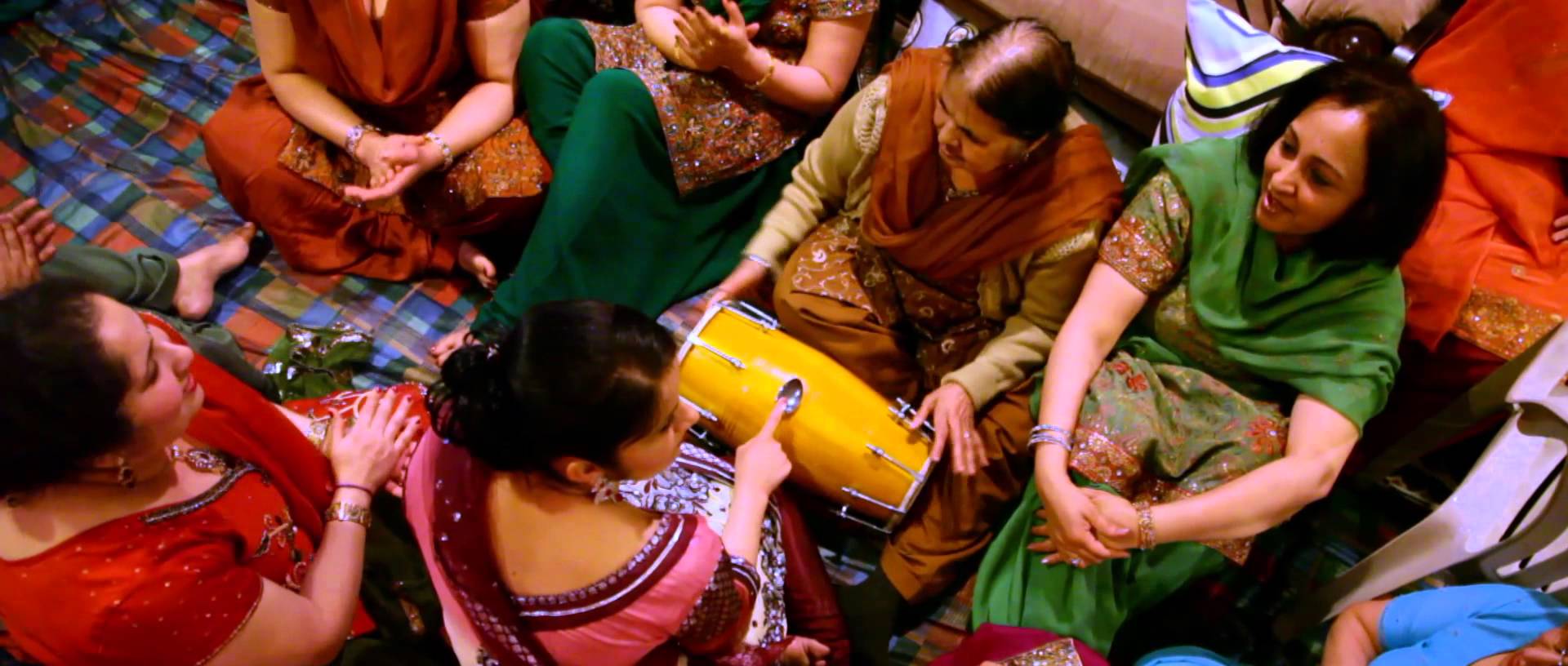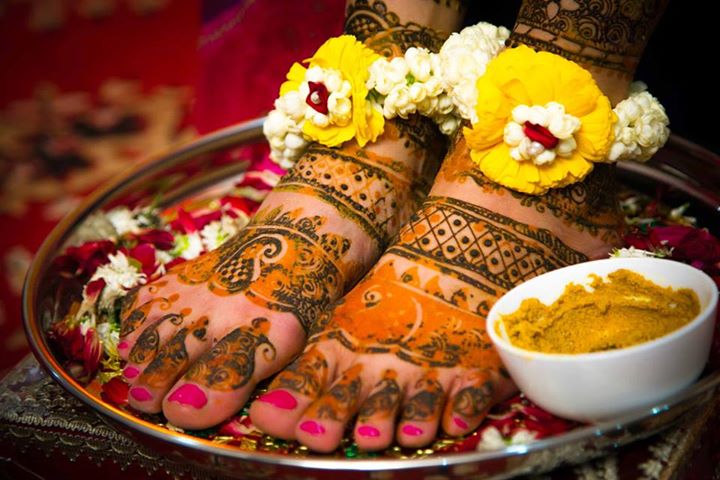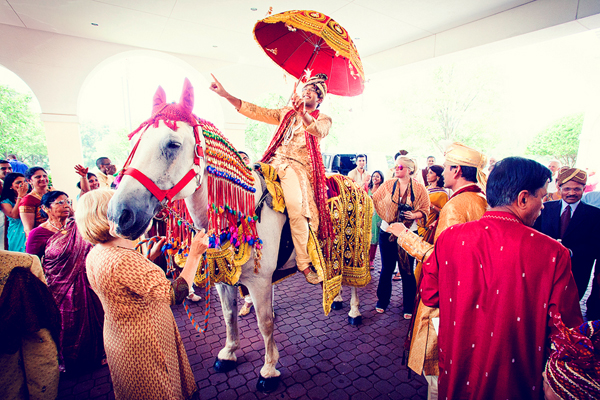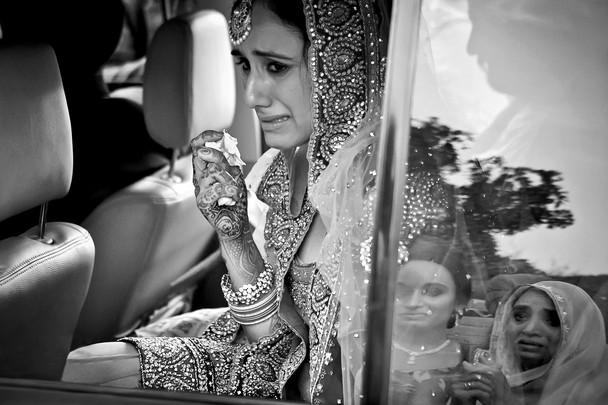A Traditional Hindu marriage is a grand affair involving a host of rituals and customs that are exciting and pleasure to watch. It is not considered just the wedding of two individuals but a bonding of two families. The duration of a Hindu marriage may vary from region to region with minor variations in the nuptial rites. These rituals are considered very sacred and have been passed on from one generation to another over thousands of years to preserve the heritage and culture of the religion. Let’s take a deeper look into the elaborate pre-wedding and post-wedding Hindu marriage rituals and their importance in the event.
- Bariksha – It is a pre-wedding ceremony that corresponds to an Engagement Event nowadays. Close family members from the Bride side visit the Groom’s home with some gifts and auspicious things like Coconut etc that marks the an inception of a new relationship between the two families.
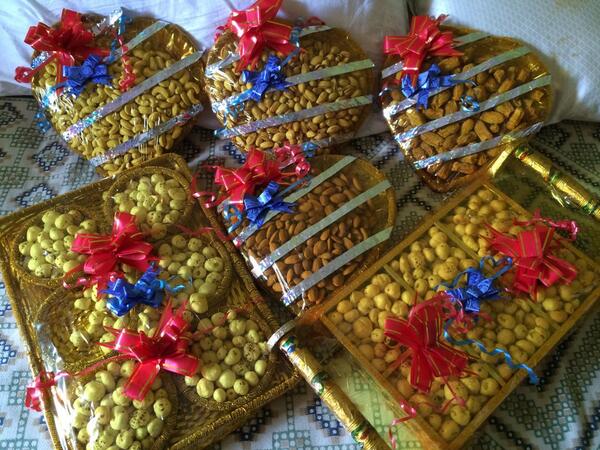 Sweets and good wishes are exchanged by both the families after certain religious proceedings.
Sweets and good wishes are exchanged by both the families after certain religious proceedings.
- Tilak– The Tilak ceremony starts with a pooja dedicated to the future of the Bride and the Groom. The Bride’s father offers gifts to the Groom and his family members whereas the Groom side sends gifts such as clothes, jewellery and henna for the bride. The Bride to be doesn’t attend this ceremony.
- Mehendi (Henna) – The Mehendi Ceremony is held on the eve of the wedding at Bride’s home where beautiful henna designs are applied on the hands and feet of the bride to be and other female members of the family amidst a lot of fun and fanfare.
- Sangeet – Sangeet and Henna ceremony are usually held simultaneously. Sangeet ceremony is held at both the Bride as well as the Groom’s home involving a lot of traditional singing, dancing and merry making, predominantly by the women of the family.
- Haldi– Haldi Ceremony is held on the morning of the wedding day at the homes of both the Bride and the Groom. Turmeric paste is applied all over the body of the would-be-couple by the family members and relatives, after which they take a bath and wear new clothes.
- Baarat – The groom arrives at the wedding venue with his relatives and friends in a baarat sitting on a decorated ghodi (replaced by car now-a-days). He is welcomed by the bride’s parents and relatives after a pooja at the entrance.
- Jaimala – The bride and groom exchange garlands in a ceremony called the Jaimala. Exchanging of floral jaimals is a gesture of acceptance of each other as their life partners by the Bride and the Groom.
- Phere– The main wedding function follows in a mandap (a specially made canopy) where the sacred fire is lit (havan) after the Jaimal and dining is over, late at night. The Bride and the Groom take the seven vows of marriage walking around the sacred fire (phere), invoking it.
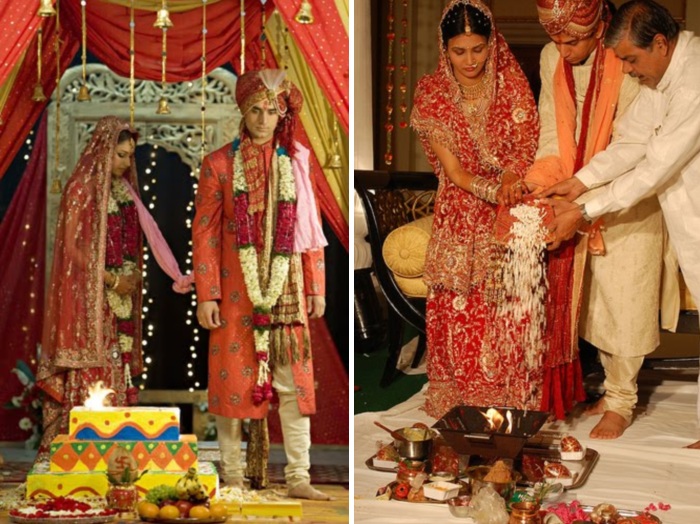 The Fire over here is considered as the divine witness to the marriage. Each vow has an important message for the newly wedded couple obliging them to stand faithful and accompany each other in every situation throughout their life ahead.
The Fire over here is considered as the divine witness to the marriage. Each vow has an important message for the newly wedded couple obliging them to stand faithful and accompany each other in every situation throughout their life ahead.
- Kanyadaan – The Bride’s father gives away the hand of the Bride into the Groom’s hand requesting him to accept her as an equal partner, in a ceremony called the Kanyadaan. The groom puts vermilion in the Bride’s hair and ties the mangalsutra around her neck. The ceremony is conducted in Sanskrit by a Hindu priest in the presence of the family members and relatives.
- Vidaai – The next morning after the wedding the bride is bid farewell from her parents’ home to go with the Groom and begin her new life. It is an emotional moment for the family members of the Bride, especially her parents who bid her adieu with heavy heart and watery eyes.
- Vadhu Aagman– On arrival of the new Bride at the Groom’s home (called Sasural) a few more rituals like the traditional aarti by the groom’s mother followed by the bride knocking off a vessel full of rice kept at the entrance of the house and then entering the house with her feet dipped in red vermilion to signify the arrival of Goddess Laxmi into the household, are held.
- Wedding Reception – The new bride is welcomed in the new household with warmth and to make the ambience joyful, a lot of games are played. One of the most popular one is to look for a silver ring in a deep trough containing water and milk, various dry fruits and rose petals. One who is able to find the ring first is declared the winner and is considered to be dominant in the marital life. Also a lavish wedding reception party is held to welcome and introduce the new Bride into the family. The day witnesses the auspicious beginning of their married social life.
Hindu marriages are magnificent in every aspect and perhaps the most unique in the world. The three essential attributes that truly spectacular are: happiness, harmony and growth. These days the Hindu marriages celebrated in much more ostentatious ways with a lot more expenditure on the venue, food, décor etc. but the basic rituals and ceremony still remain the same that are followed systematically maintaining the age old traditions and culture.
Browse & Book Online The Best Wedding Venues, Banquet Halls, Luxury Hotels, Marriage Lawns, Farms and Resorts in Delhi NCR, Mumbai, Bangalore, Pune at VenueLook.com .
Contact: +91-8470 804 805 | info@venuelook.com
 VenueLook Blog Party and Event Planning Tips, Resources and Venues
VenueLook Blog Party and Event Planning Tips, Resources and Venues
